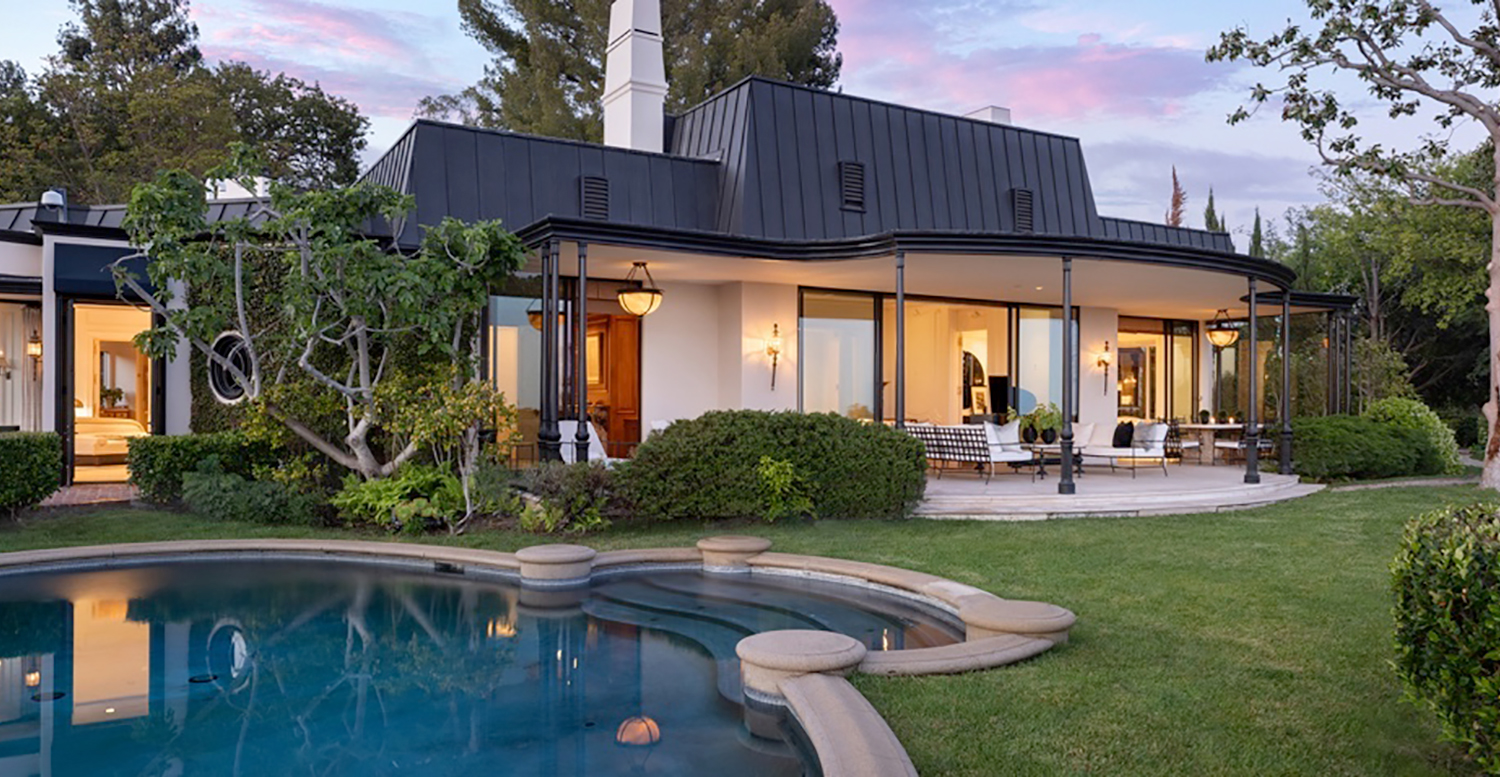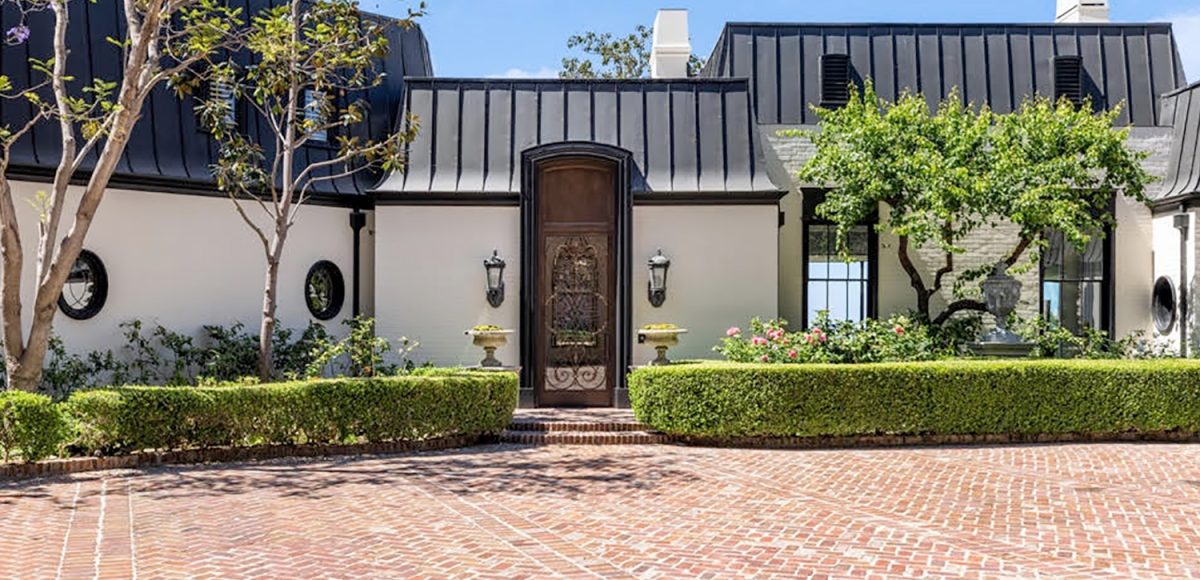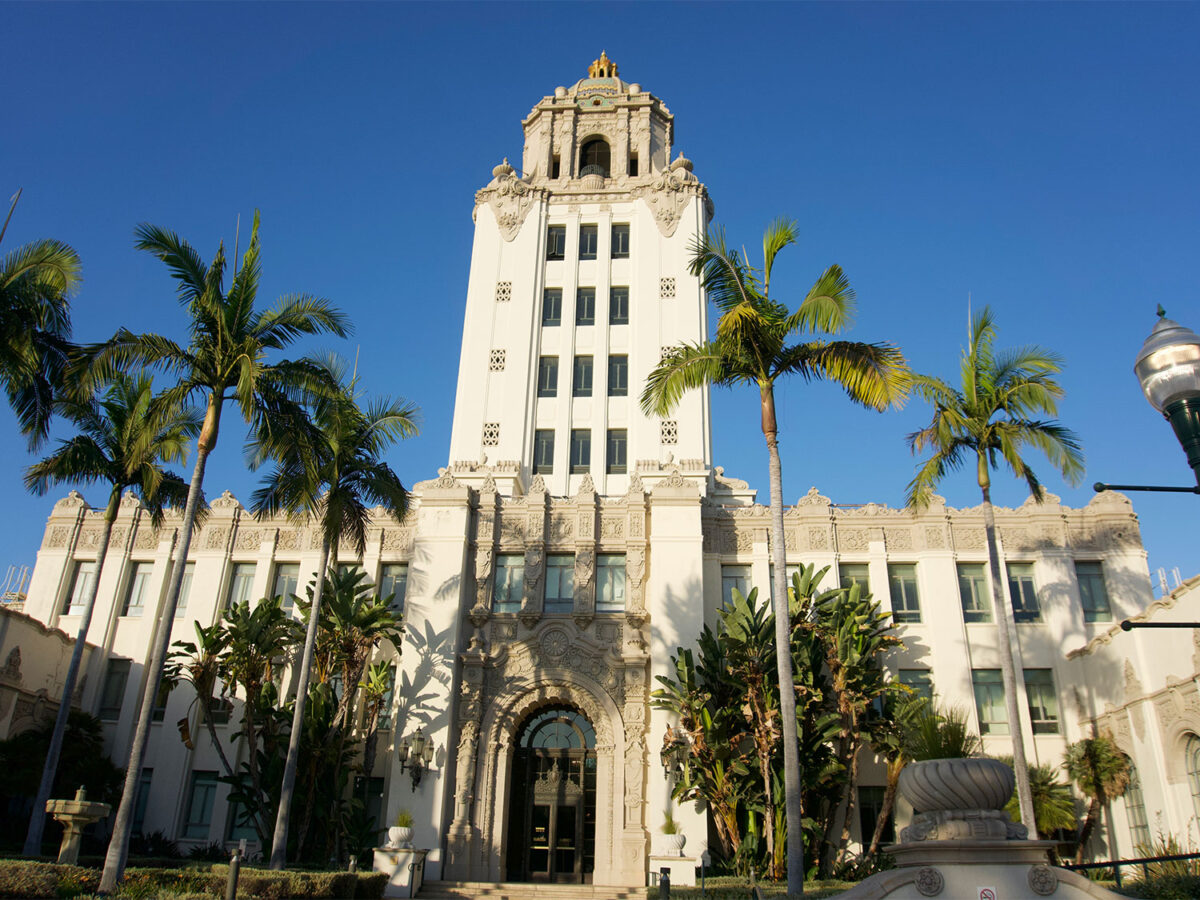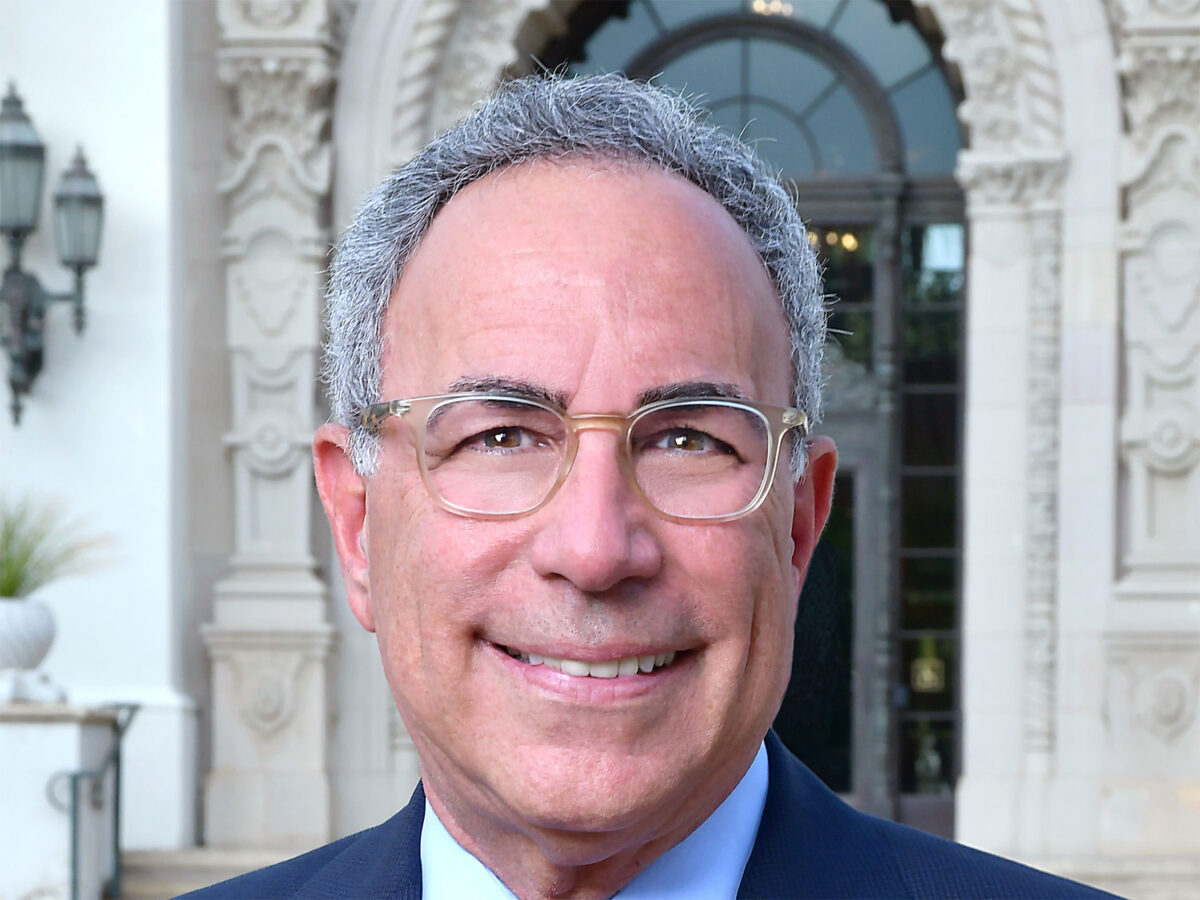The Cultural Heritage Commission voted on July 14 to initiate nomination proceedings to designate the Paul Trousdale Estate as a local landmark on the Beverly Hills Register of Historic Properties. The 5,592-square-foot Hollywood Regency property is located at 1010 Hillcrest Road.
Now that nomination proceedings can begin, Director of Community Development Ryan Gohlich will complete a preliminary evaluation by July 28. The Cultural Heritage Commission will meet before Aug. 27 to conduct a preliminary hearing on whether to make a formal recommendation to the City Council, who will then make the final decision whether to place the home on the list.
If accepted, the property will be the first home in Trousdale Estates to join a venerable list of 43 properties that include Beverly Hills City Hall, the Beverly Hills Hotel, Beverly Wilshire Hotel, Greystone Mansion, and Beverly Gardens Park.
“I can’t say enough about how much I feel this house needs to be on our Registry of Historic Places, so I would like to move forward with the nomination proceedings I’m totally on board with this in all aspects of the house: the architect, the meaning behind Paul Trousdale picking this specific place to put his house, the landscaping, everything meets the criteria for me,” Commissioner Jill Collins said during a short deliberation.
The three-bedroom, seven-bathroom property was designed in 1959 by John Elgin Woolf, an architect included on the City of Beverly Hills List of Master Architects. Woolf typified the mid-century decor of the Hollywood Golden Age known as “Hollywood Regency”– defined by bold colors, shapes, metals, and glasses– and designed the homes of a veritable who’s-who of 1950s and 60s Hollywood A-listers. Two other Woolf properties the Vance residence at 805 Hillcrest Road and the Pendleton-Evans Resident at 1033 Woodland Drive – are already designated as city landmarks.
Woolf designed 1010 Hillcrest Road for real estate developer Paul W. Trousdale, known for purchasing the undeveloped hillside land that now constitutes the eponymous Trousdale Estates from Lucy Smith Doheny Battson, daughter-in-law of Edward Doheny, for $400,000 (approximately $4 million in today’s money) in 1955. Trousdale converted the former Doheny Ranch into an estimated 544 single-family residential lots over 14 subdivided tracts. According to a city staff report, this became one of the last major land additions to Beverly Hills. Trousdale chose the lot he believed had the best views and lived there with his wife Jean for 30 years until his death in 1990.
To qualify for the Registry, a building must meet several criteria listed in the 2012 Beverly Hills Historic Preservation Ordinance. Criteria are split into Section A, and Section B. A building must fulfill all the criteria in Section A and at least one criterion from Section B to be considered. Upon preliminary assessment, staff have determined that 1010 Hillcrest Road could qualify because it fulfills all the A criteria: It is at least 45 years old; “possesses a high artistic or aesthetic value and embodies the distinctive characteristics of an architectural style”; “retains substantial integrity from its period of significance” and has “continued historic value to the community.”
It may fulfill a criterion in Section B an “exceptional work by a Master Architect,” because the property has appeared in a spread in Architectural Digest and the book “Trousdale Estates: Midcentury to Modern in Beverly Hills” by Stephen Price. It could also be considered “an exceptional property that was owned and occupied by a person of great local prominence,” especially since Trousdale built over 25,000 homes in Southern California.
Cultural Heritage Commission Chair Craig Corman recommended 1010 Hillcrest Road for nomination because the property is currently listed by Hilton & Hyland for $23.5 million (it was listed in July 2020 for $32 million, according to the Los Angeles Times), and he worried that a new owner would tear it down. “This is the kind of property that attracts people who redevelop,” Corman told the Courier. “Given the parameters of the property, we were concerned someone might want to buy it and eliminate the potential historic resource…if someone wants to buy it, we decided to take the bull by the horns.”
According to Corman, the Commission nominated one of Woolf’s other properties, the Pendleton-Evans residence on 1033 Woodland Drive, for similar reasons.

If the nomination is successful, certain renovations can still take place, despite the common perception that historical homes suddenly become untouchable. Homeowners of designated landmarks are allowed to conduct “ordinary maintenance and repair” that would not normally require a permit without any sort of permission. If homeowners wish to conduct any new construction or remodeling, they must apply for a Certificate of Appropriateness from the Department of Community Development. The Department will grant a Certificate of Appropriateness if it determines that the work “does not involve a change of design, material, appearance, or visibility of the character defining features of a designated landmark or property within a historic district.” (Beverly Hills does not have any historic districts, according to Corman.)
If the Certificate of Appropriateness is denied, homeowners may apply to the Commission for a “Certificate of Economic Hardship” arguing that it must alter the property in order to avoid “undue economic hardship.”
The Commission rarely initiates nomination proceedings on its own: recommendations usually come from the owners. In the case of 1010 Hillcrest Road, it is unclear whether the property’s current owner is aware of the nomination process, though Gohlich told the Commission that he left a voicemail for the property’s listing agents, and the Courier is awaiting their email reply.
If the Community Development Department makes a final determination that the home fulfills one of the criteria in Section B, the nomination process can proceed without the owner’s approval, as long as the owner receives all pertinent documents. If the nomination process is able to proceed and be approved, the home will still be subject to all historic building regulations, regardless of owner feedback.
Still, the Commission tries to involve property owners as much as possible, Corman told the Courier, and is willing to do a lot to accommodate their wishes. The Commission has never designated a building without the owner’s cooperation, Corman said.
“We didn’t necessarily need the participation of the owner to designate, but we always prefer to have the owner’s participation,” he said, pointing to negotiations made to buy a neighboring building during the designation process of the former Kate Mantilini diner building on Wilshire. “And that’s a good example of yes, we’re willing to have discussions. If the owner is willing to go forward, if they get some concessions in other areas, we listen and try to accommodate them.”







